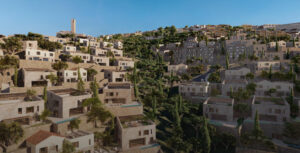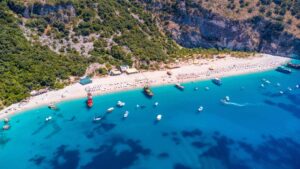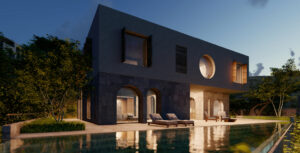The Balkans have been heating up in recent years, with international investors on the hunt for bargain properties with big potential. Developing markets with unique natural landmarks, panoramic views and favorable regulatory regimes are drawing investors from Western Europe and the United States to this small corner of Europe, pushing prices up and drawing ever-more attention to this formerly forgotten region..
Albania and Montenegro have both recently gained popularity as European real estate investment spots, and for good reason. With jaw-droppingly beautiful destinations in Montenegro like the Bay of Kotor and Budva drawing in tourists year-round and Albania’s southern Riviera generating massive international attention as travelers seek alternatives to pricey Greece and Italy, the Balkans has entered the arena as a serious real estate investment destination.
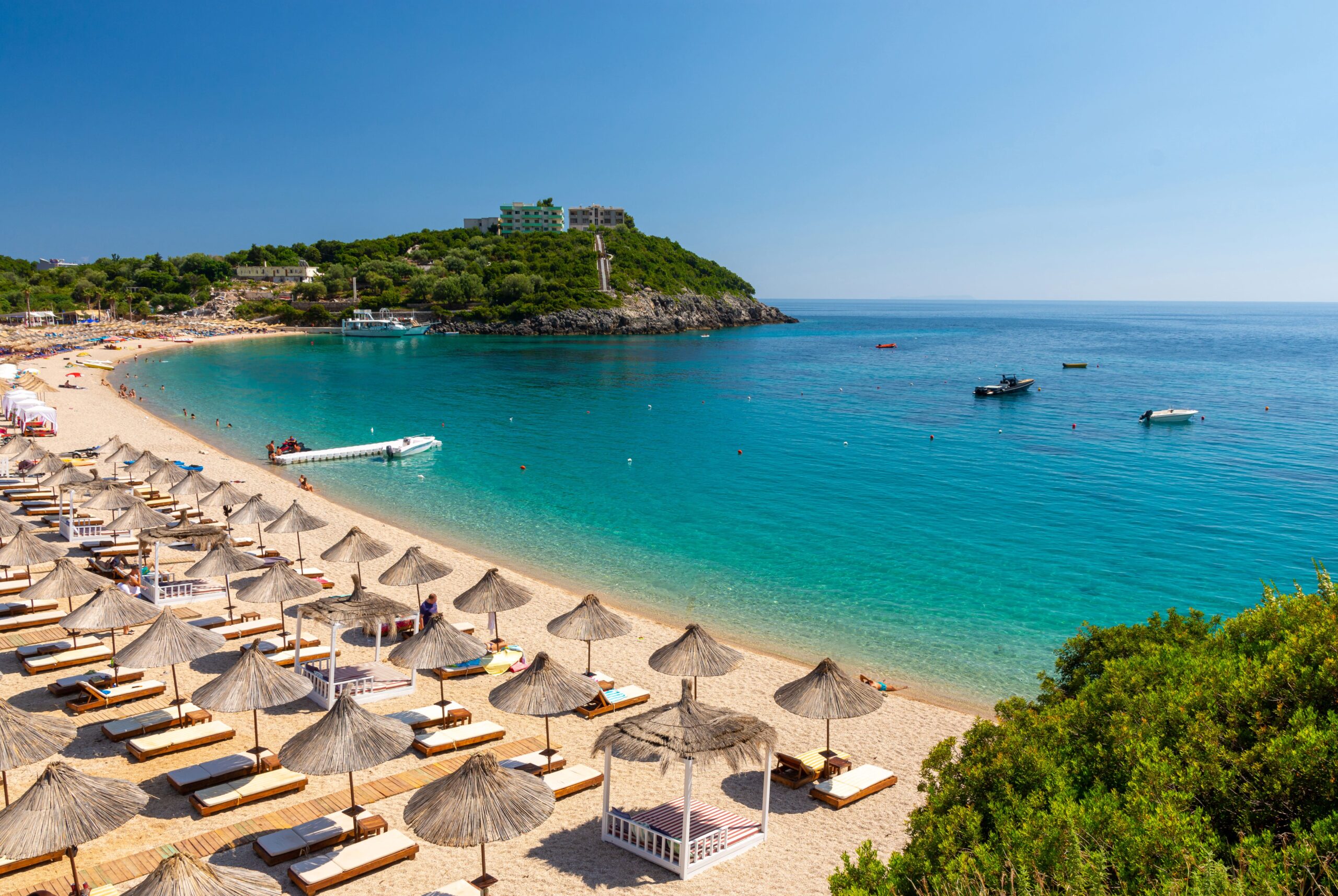
But which country should a discerning real estate investor pick for their next luxury real estate investment in Europe? Albania and Montenegro offer both similar and distinct advantages, and in this guide, we’ll lay out why both are good options, with Albania leading the way as the top investment destination with the highest potential upside in the coming decade.
Real Estate Prices and Investment Potential in Albania and Montenegro
Let’s start off with the ABC’s of real estate investment: what are the entry price points for each country, and what are the potential growth opportunities of Albania vs. Montenegro?
Montenegro is a more well-established real estate market that has already welcomed a high volume of luxury real estate investors. Prices per square meter are higher in Montenegro than in Albania in high-interest regions like Kotor, Budva and other popular coastal towns. Rental prices in Montenegro allow for enough of an upcharge to make back the higher upfront investment, but over a longer period of time. The average price per square meter in the Bay of Kotor, for example, is €5,000, with properties along the water fetching higher prices and those more inland being cheaper.
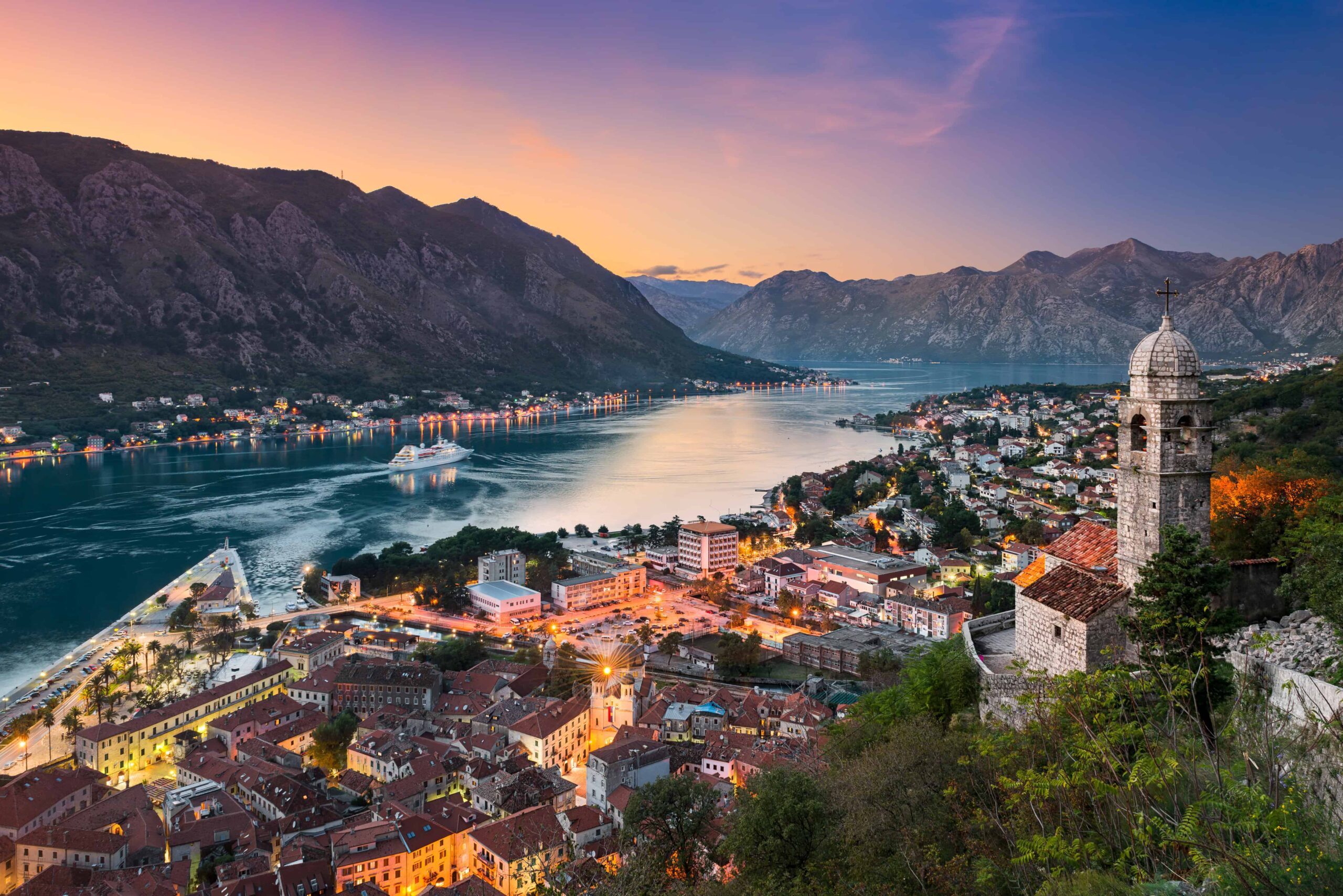
Albania, in contrast, boasts a lower entry cost, especially in areas like Vlora, Saranda and Dhërmi, which are seeing a huge influx of tourists and foreign investors. A luxury real estate investment in Albania’s premier development project, Folie Village, offers premium apartments and villas right along the beautiful waters of the Ionian Sea and costs far less than the more-mature markets in Montenegro, where international investors have been snatching up key properties for decades already.
In nearby Dhërmi, on the other hand, properties are going for an average of €4,000 per square meter, and in Vlora it’s even more affordable, with the most luxurious properties demanding up to €3,500 per square meter.
In terms of cost of entry, Albania is the preferable investment destination.
Tourism Growth in Albania and Montenegro
Next, we’ll analyze tourism growth and international interest in Albania and Montenegro.
Last year, Montenegro saw 2.6 million foreign visitors, a seemingly impressive number for a tiny country of some 600,000 citizens.
But dig underneath the surface, and the picture gets a bit fuzzier. Montenegro is an especially attractive tourism destination for Russian tourists, who face limited options when looking for beach destinations. As much as half of Montenegrin tourism comes from Russia and Serbia alone, providing less of a national mix that leaves the country vulnerable to geopolitical restrictions on travel. Economic downturns in these two countries also leave Montenegro vulnerable to visitor volume fluctuation.
In contrast, Albania also got 2.6 million foreign visitors – back in 2020, at the height of the Coronavirus pandemic. Since then, Albania’s tourism numbers have skyrocketed, with 2024 seeing 11.7 million foreign visitors to the country. These visitors hail from a diverse mix of countries, with a surge of visitors from Western Europe driving the trend.
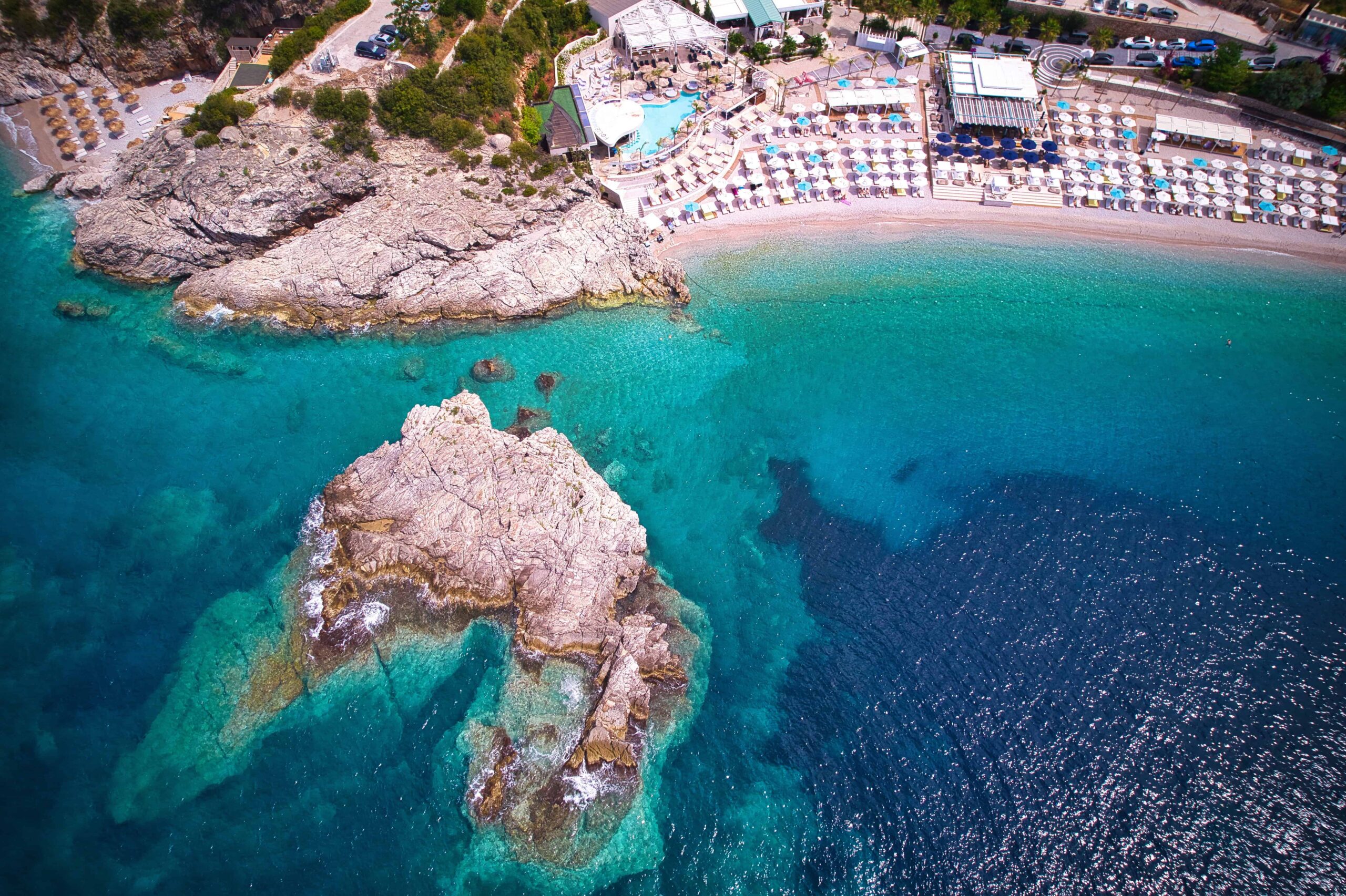
Albania has become the Balkan region’s aviation hub, with major airlines establishing headquarters here and expanding the number of direct flights to Tirana. That’s why hundreds of thousands of tourists from Germany, Spain, France, the United Kingdom and other Western European countries are discovering Albania in recent years and driving up rental and property prices.
This trend shows no signs of slowing anytime soon, with the number of entries from even faraway wealthy countries like the United States growing as well – 2023, for example, saw nearly 180,000 Americans enter Albania.
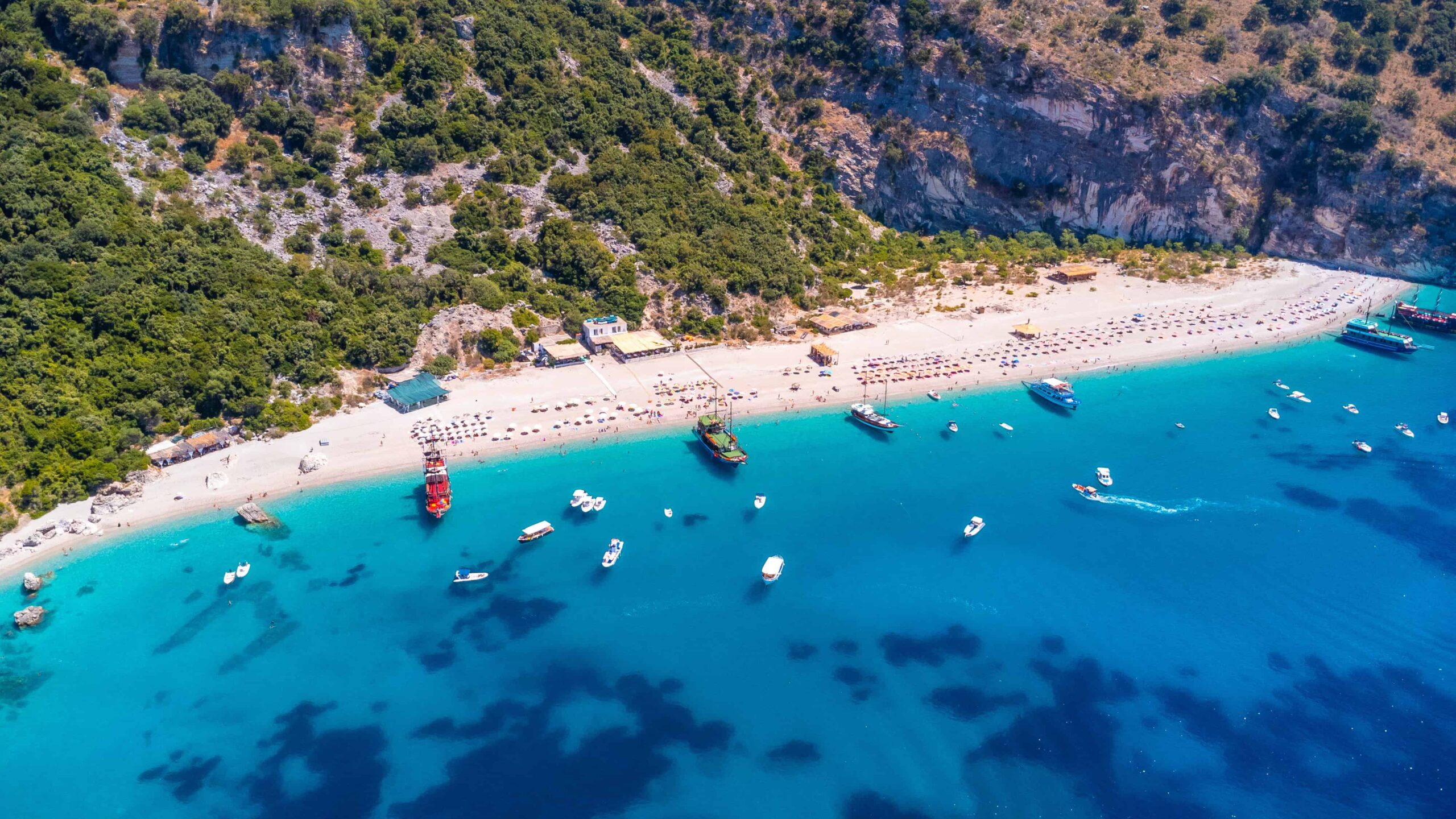
In terms of both tourism volume and the sheer number of potential buyers, Albania has been attracting as much as five-times the attention of a diverse mix of key international markets for years at this point; more and more visitors are spending money and investing in Albania than are in Montenegro, giving the country a huge window of potential for future real estate price maturation.
Infrastructure Investments in Albania and Montenegro
Next, we’ll focus on the health of existing infrastructure in each country and whether each government is committed to improving and strengthening infrastructure, a key consideration when investing in developing markets.
Here too, Montenegro and Albania follow the above-mentioned patterns: Montenegro is a bit more established in terms of initial infrastructure development, whereas Albania is heavily investing in its infrastructure and scaling it up rapidly.
Montenegro used to be part of Yugoslavia, and as such, enjoys better initial infrastructure investment than Albania, which was a closed-off Communist dictatorship for 45 years, did. The country’s roads are relatively well-paved and regulations are relatively well-followed. The country is slightly more orderly and less hectic in terms of traffic, noise, and urban planning, thanks in large part to its more established infrastructure network.
But it does suffer from certain limitations that are hindering its growth: the highway network is tiny and its major highway project, the Bar-Boljare motorway, is only partially completed, severing inland regions from the coastal areas. The airports in Montenegro are tiny – there are only two international airports (Podgorica and Tivat), and the latter is highly seasonal and suffers from severe congestion in the summer months, limiting access to the country in the off-season.
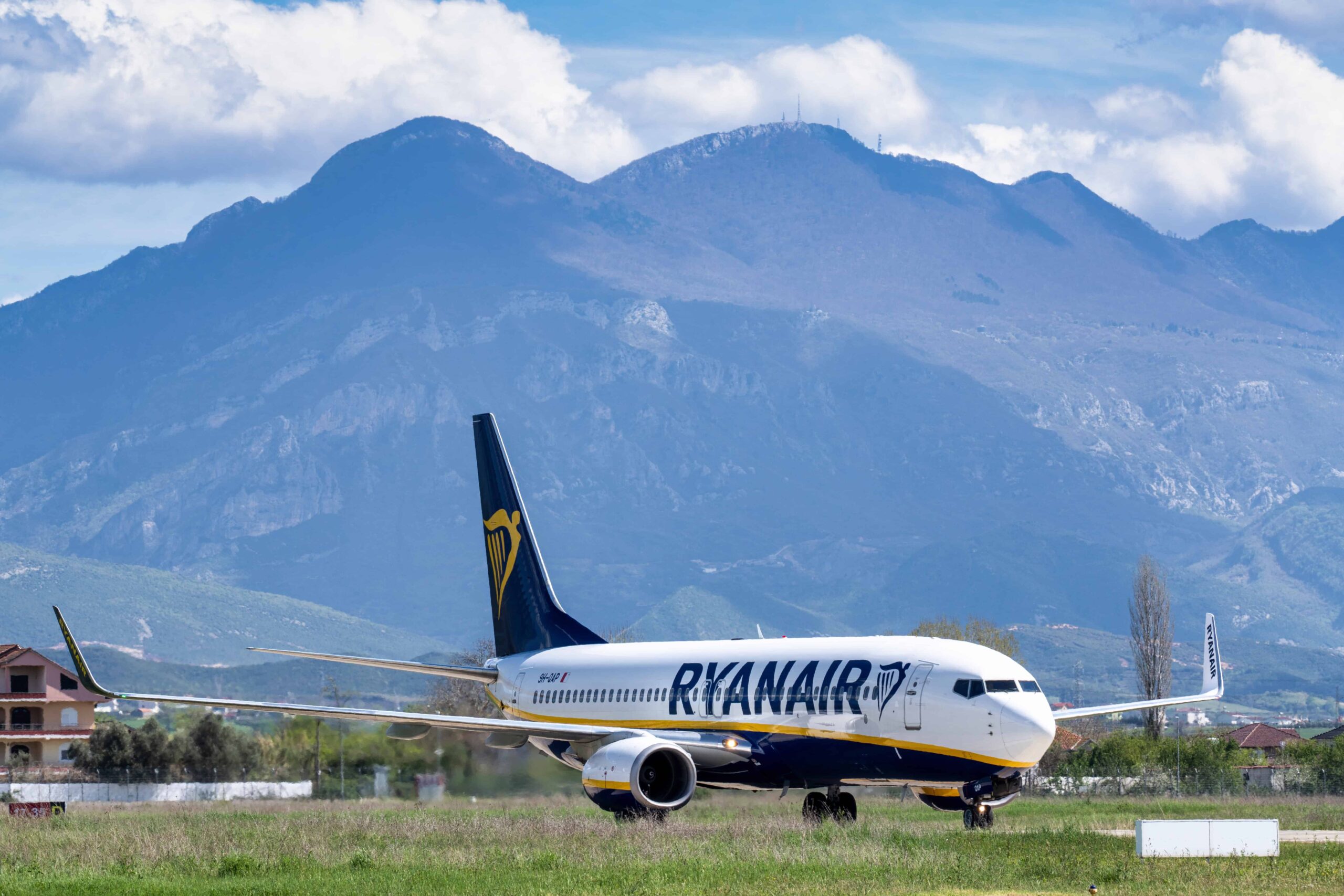
Albania, on the other hand, is barreling headfirst into a tourism-focused economy with heavy infrastructure investments that have already begun to close some of the gaps the country has long faced. The Albanian Riviera is now connected to Tirana with an excellent tunnel through the Llogara Mountain that makes the drive to the south much shorter, as well as a bypass around Vlora that similarly makes accessing the country’s premier real estate investment destinations all the easier.
A new international airport is set to open this year in Vlora, making accessing the southern beaches and luxury real estate projects of Folie Village, for example, all the easier. Tirana international Airport has doubled in capacity to accommodate the booming demand from international travelers, and it’s easier than ever to access even the northern half of the country with the opening of a new toll road that takes passengers straight to Shkodër and Montenegro.
While the country is playing catch up, it’s clearly moving in the right direction as a tourism-focused economy that wants to make travel within its borders as easy as possible, giving Albania a competitive edge over Montenegro in terms of infrastructure.
Ease of Buying Property as a Foreigner
When it comes to purchasing property as a foreign investor, both Albania and Montenegro are relatively open markets, but there are some key differences worth noting.
Montenegro offers a relatively straightforward process for foreigners looking to buy property, especially for apartments and commercial spaces. The system is fairly well-regulated and foreign nationals can freely buy most types of real estate. There are more bureaucratic steps involved when it comes to land ownership, particularly for non-residents looking to buy undeveloped plots. Taxes and transfer fees are also higher than in Albania, and while the process is manageable, it can feel a bit more rigid compared to Albania’s lighter-touch regulatory environment.
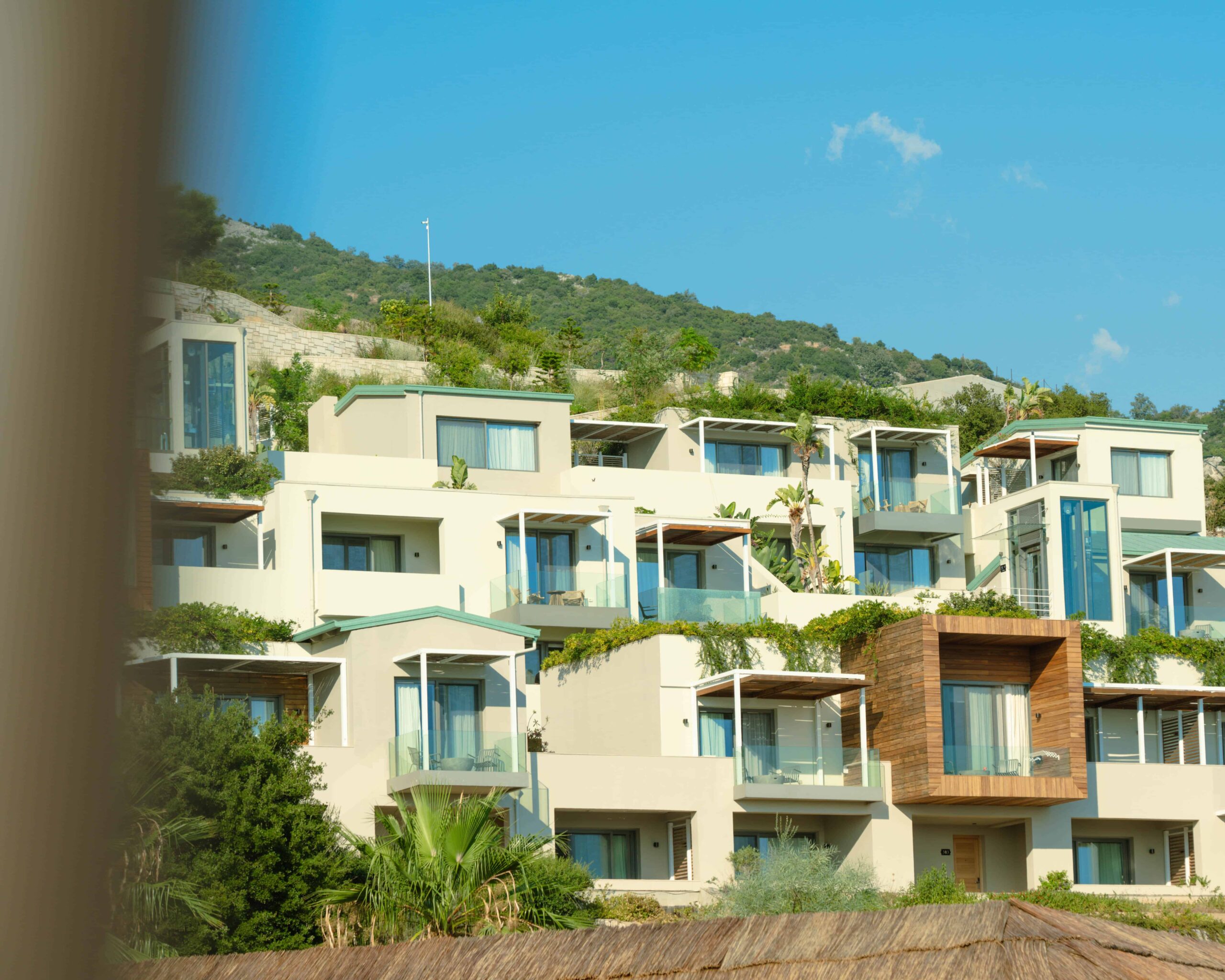
Albania, by contrast, is widely considered one of the most foreigner-friendly countries in the region for real estate acquisition. Foreign buyers can purchase apartments, villas and commercial properties with virtually no restrictions. Land ownership is also permitted without any restrictions. The purchase process is streamlined, notary fees are low and bureaucratic friction is minimal. Foreign investors are treated the same as locals when it comes to property rights, making the entire experience smoother and more accessible.
Both countries offer residency options for property owners, with Albania offering a simple path to a residence permit if you own property in your name and Montenegro offering temporary residency based on property ownership as well. While neither offers automatic citizenship through real estate, both are welcoming environments for second-home buyers and long-term investors.
So while both countries offer easy-to-work-with legal frameworks for foreign real estate investors, Albania’s regulations are more attractive and easier to manage, while Montenegro’s legal framework is solid but slightly more complex and expensive to navigate.
Albania as the Better European Real Estate Investment Destination
In conclusion, while both Albania and Montenegro are attractive European real estate investment destinations, Albania’s lower entry prices, higher growth potential and more welcoming legal framework make it the better option for foreign real estate investors.

Montenegro is a more established market that has a lot of costs already priced in, whereas Albania is experiencing a real estate and tourism boom that shows no signs of abating any time soon. For discerning investors who want to own a slice of heaven along the Mediterranean with a high-end luxury property that is all-but guaranteed to bring in high returns on investment, Folie Village offers turnkey units slated for completion next year. Get in touch with us today to learn how we can help your dreams of owning property in Europe’s up and coming real estate market become a reality.


